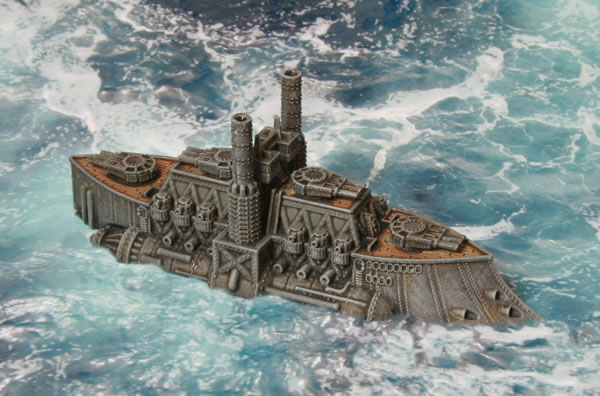

Hence poetry implies either a happy gift of nature or a strain of madness. On the stage, however, the piece failed, the audience being offended at the oversight.Īgain, the poet should work out his play, to the best of his power, with appropriate gestures for those who feel emotion are most convincing through natural sympathy with the characters they represent and one who is agitated storms, one who is angry rages, with the most life-like reality. This fact escaped the observation of one who did not see the situation. Amphiaraus was on his way from the temple. The need of such a rule is shown by the fault found in Carcinus. In this way, seeing everything with the utmost vividness, as if he were a spectator of the action, he will discover what is in keeping with it, and be most unlikely to overlook inconsistencies. In constructing the plot and working it out with the proper diction, the poet should place the scene, as far as possible, before his eyes. Next come the recognitions by process of reasoning. These recognitions alone dispense with the artificial aid of tokens or amulets.

Such is that in the Oedipus of Sophocles, and in the Iphigenia for it was natural that Iphigenia should wish to dispatch a letter. A said (that no one else was able to bend the bow … hence B (the disguised Odysseus) imagined that A would) recognise the bow which, in fact, he had not seen and to bring about a recognition by this means that the expectation A would recognise the bow is false inference.īut, of all recognitions, the best is that which arises from the incidents themselves, where the startling discovery is made by natural means.

It was a natural reflection for Orestes to make, ‘So I too must die at the altar like my sister.’ So, again, in the Tydeus of Theodectes, the father says, ‘I came to find my son, and I lose my own life.’ So too in the Phineidae: the women, on seeing the place, inferred their fate:-’Here we are doomed to die, for here we were cast forth.’ Again, there is a composite kind of recognition involving false inference on the part of one of the characters, as in the Odysseus Disguised as a Messenger. Thus in the Choephori: ‘Some one resembling me has come: no one resembles me but Orestes: therefore Orestes has come.’ Such too is the discovery made by Iphigenia in the play of Polyidus the Sophist. The fourth kind is by process of reasoning. The third kind depends on memory when the sight of some object awakens a feeling: as in the Cyprians of Dicaeogenes, where the hero breaks into tears on seeing the picture or again in the ‘Lay of Alcinous,’ where Odysseus, hearing the minstrel play the lyre, recalls the past and weeps and hence the recognition. Another similar instance is the ‘voice of the shuttle’ in the Tereus of Sophocles. This, therefore, is nearly allied to the fault above mentioned:-for Orestes might as well have brought tokens with him. She, indeed, makes herself known by the letter but he, by speaking himself, and saying what the poet, not what the plot requires. For example, Orestes in the Iphigenia reveals the fact that he is Orestes. Next come the recognitions invented at will by the poet, and on that account wanting in art. A better kind is that which comes about by a turn of incident, as in the Bath Scene in the Odyssey. The use of tokens for the express purpose of proof-and, indeed, any formal proof with or without tokens-is a less artistic mode of recognition. Thus in the recognition of Odysseus by his scar, the discovery is made in one way by the nurse, in another by the swineherds. Even these admit of more or less skilful treatment. Others are acquired after birth and of these some are bodily marks, as scars some external tokens, as necklaces, or the little ark in the Tyro by which the discovery is effected. Of these some are congenital,-such as ‘the spear which the earth-born race bear on their bodies,’ or the stars introduced by Carcinus in his Thyestes. We will now enumerate its kinds.įirst, the least artistic form, which, from poverty of wit, is most commonly employed recognition by signs. What Recognition is has been already explained.


 0 kommentar(er)
0 kommentar(er)
